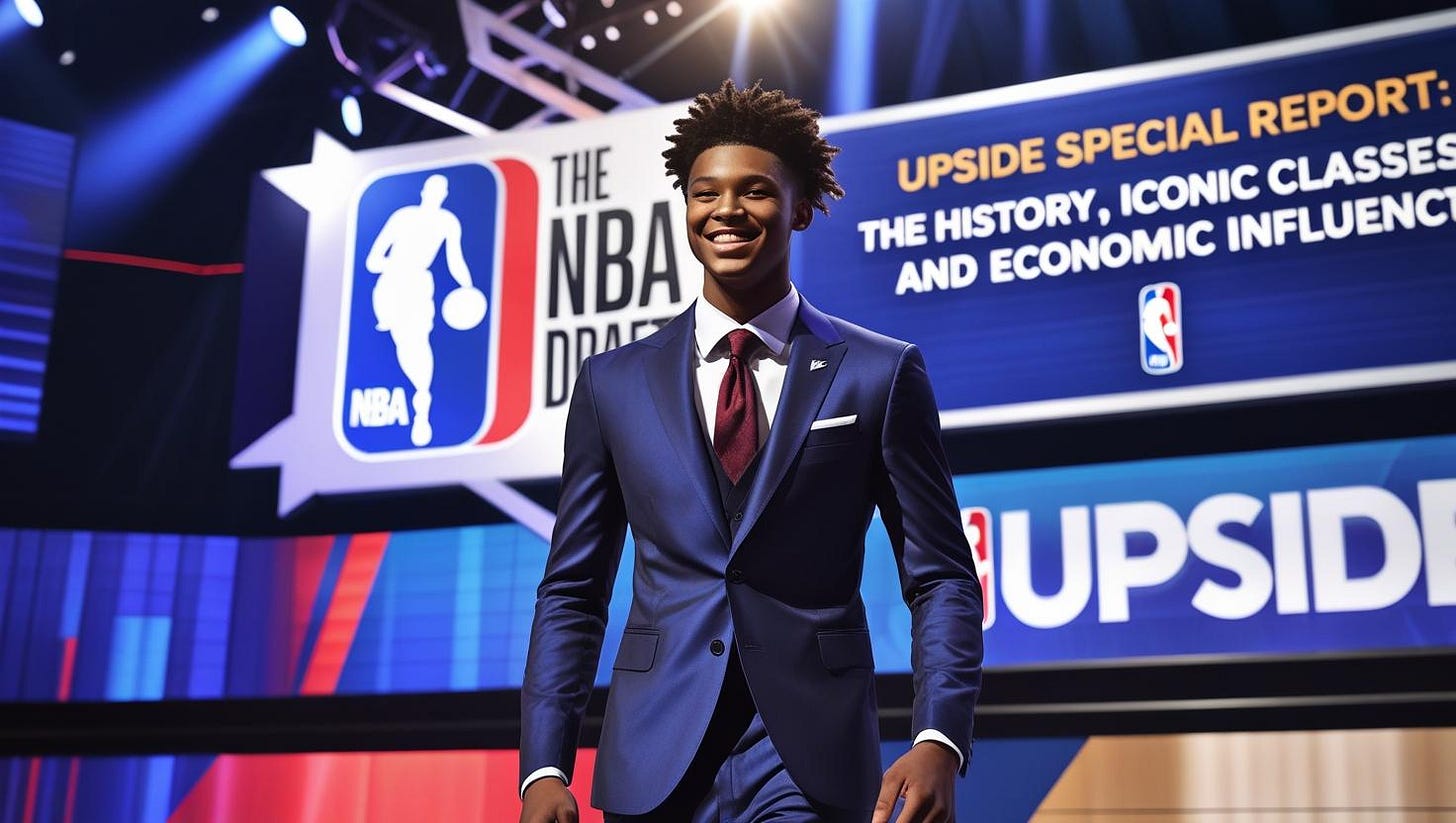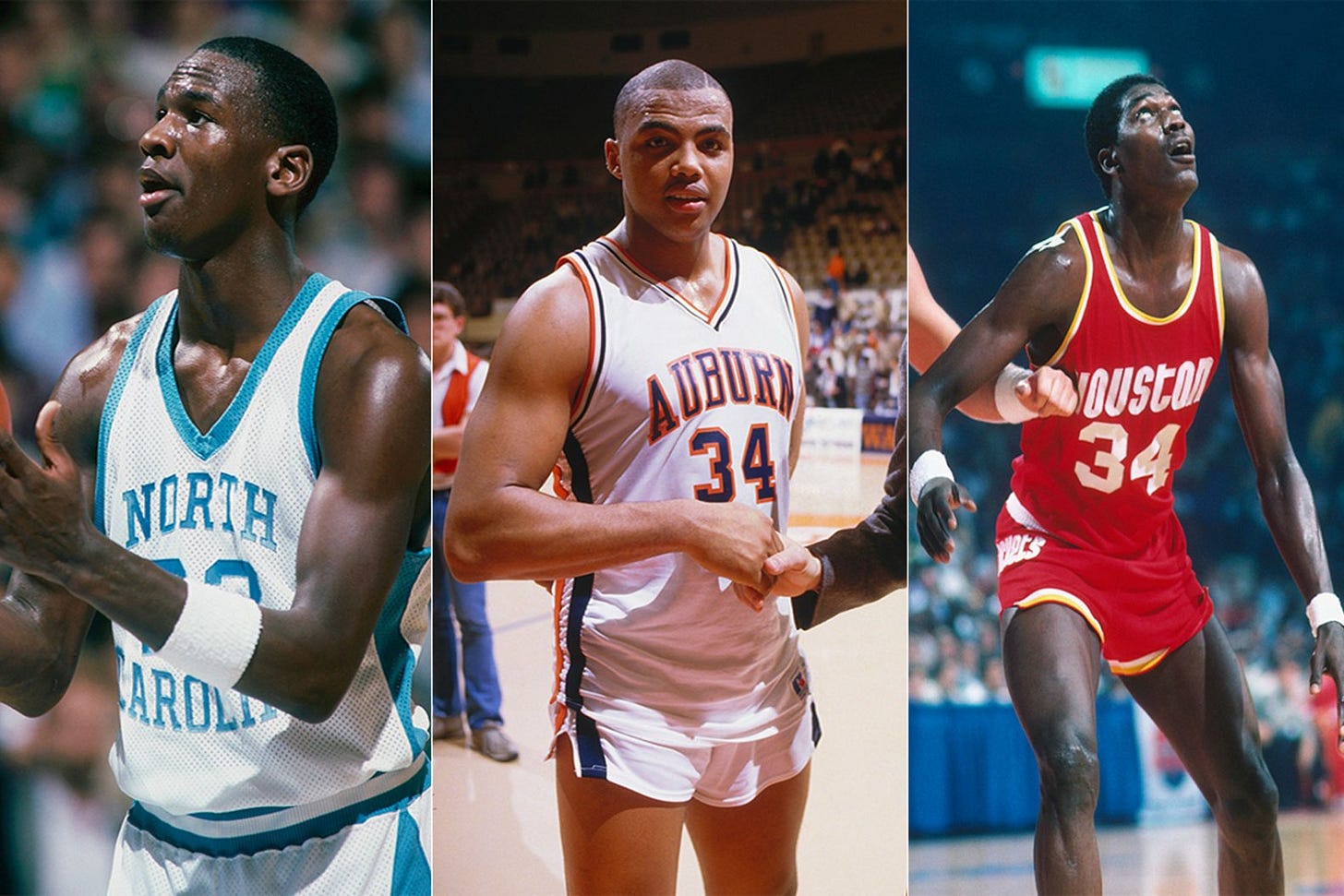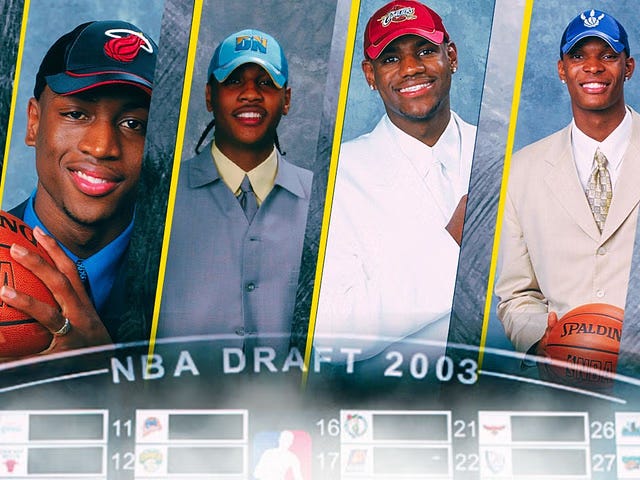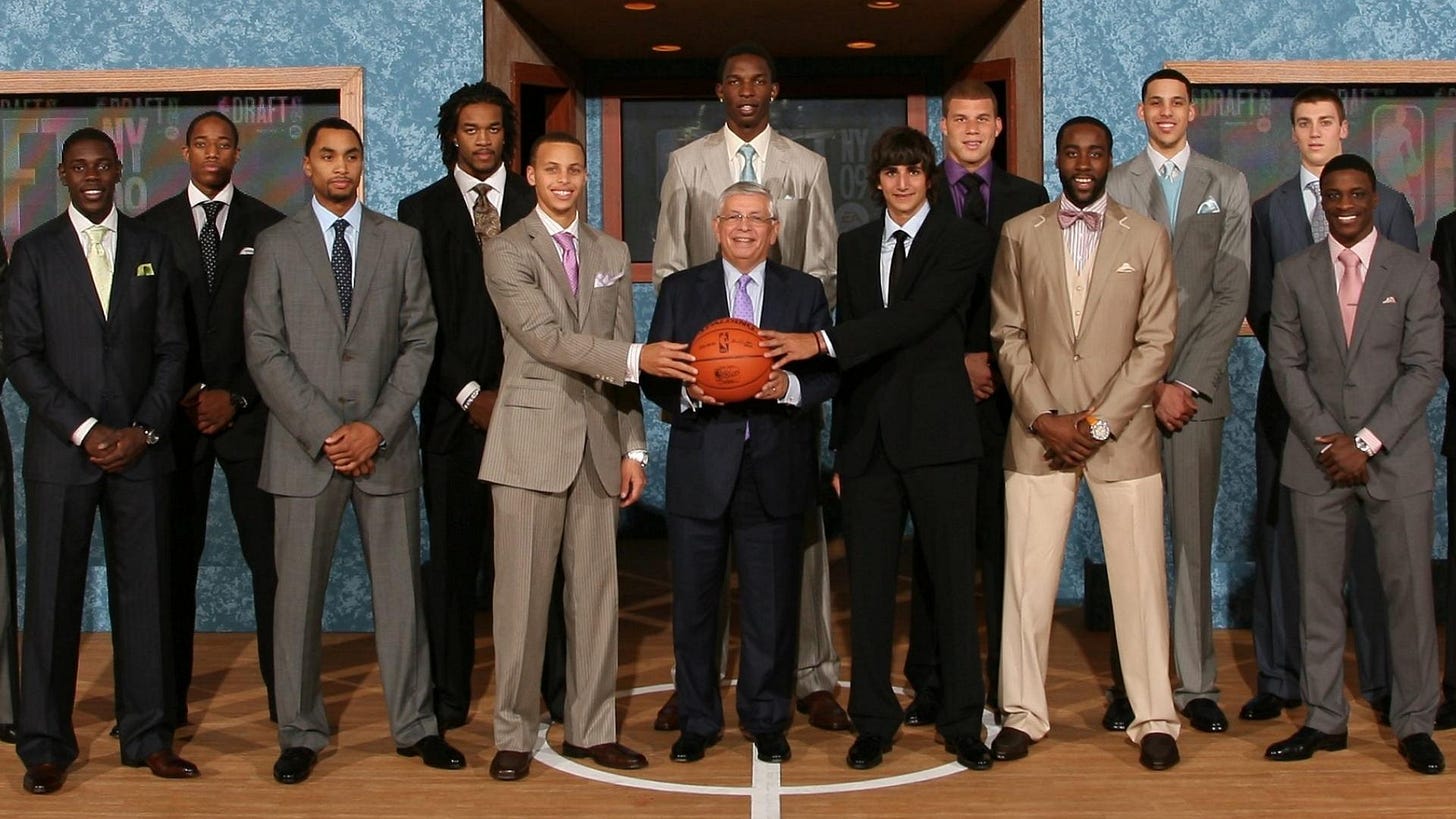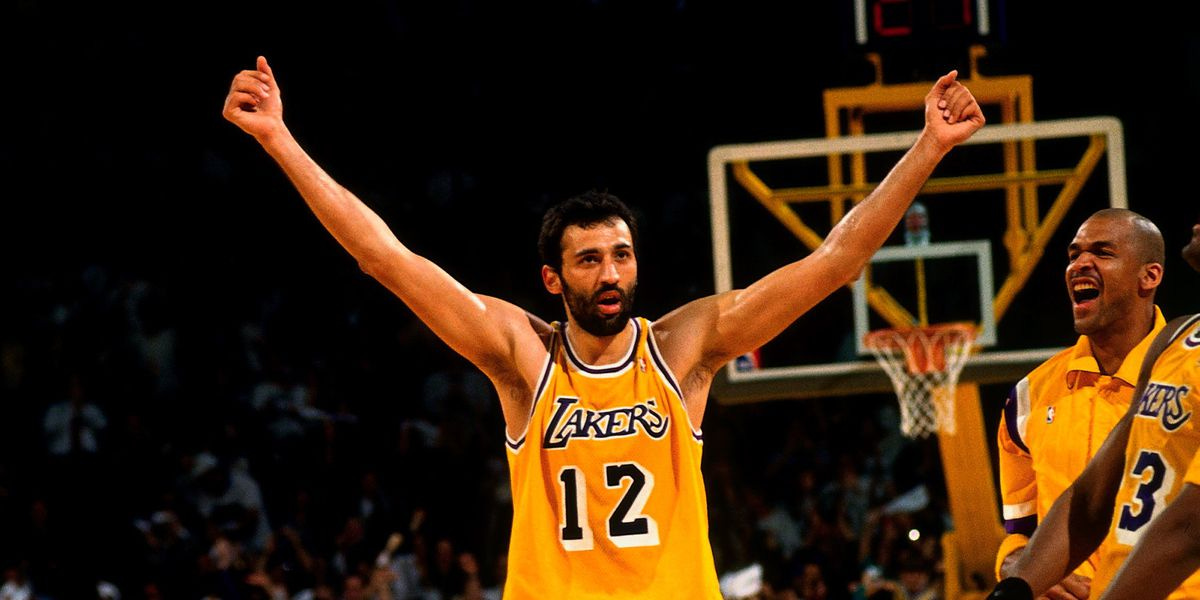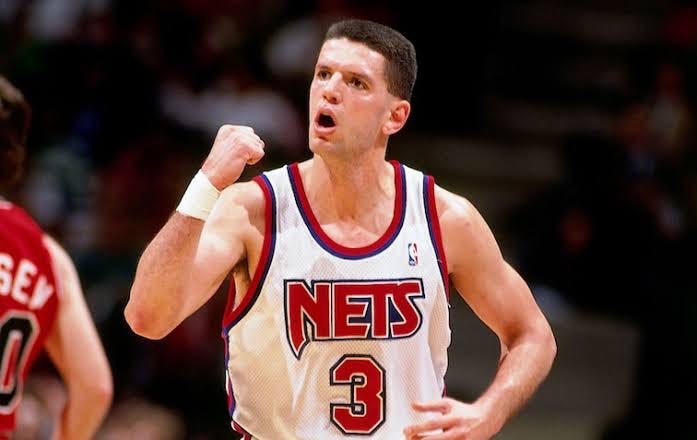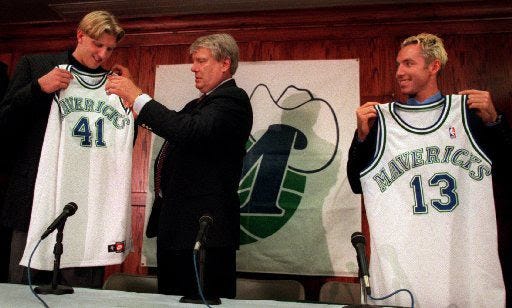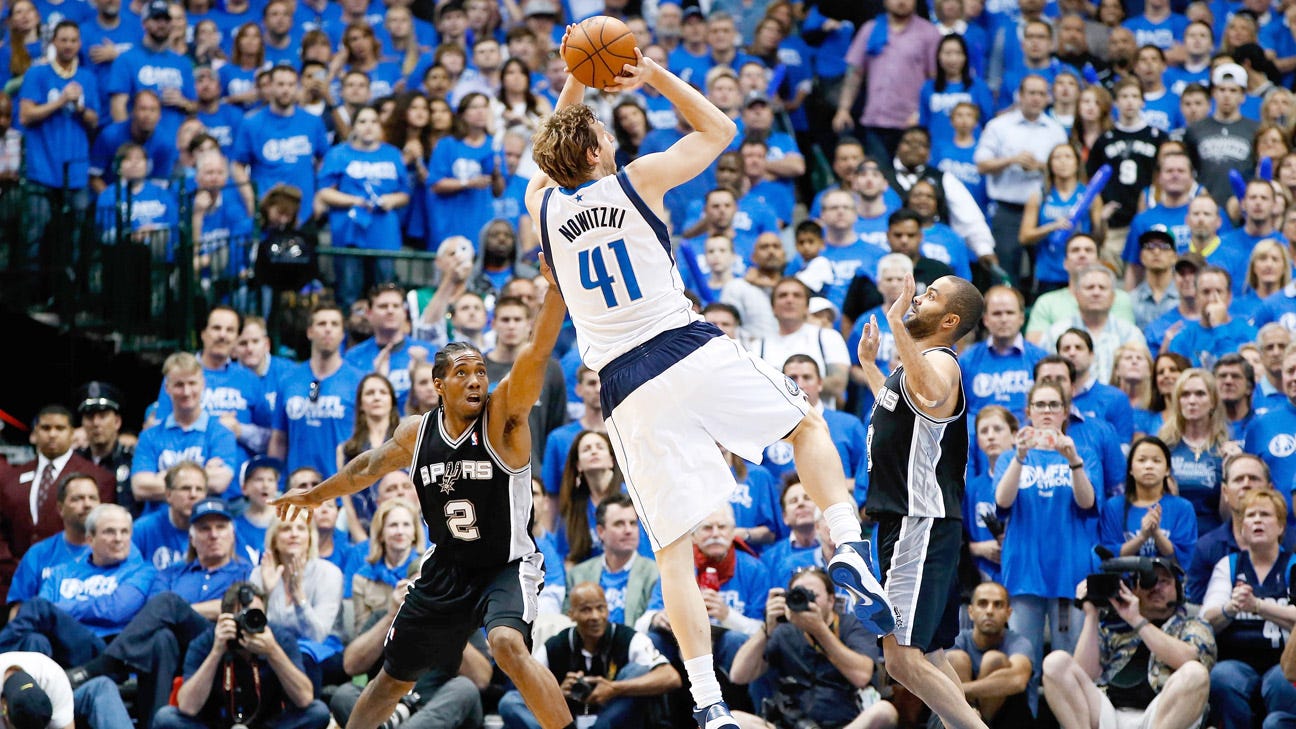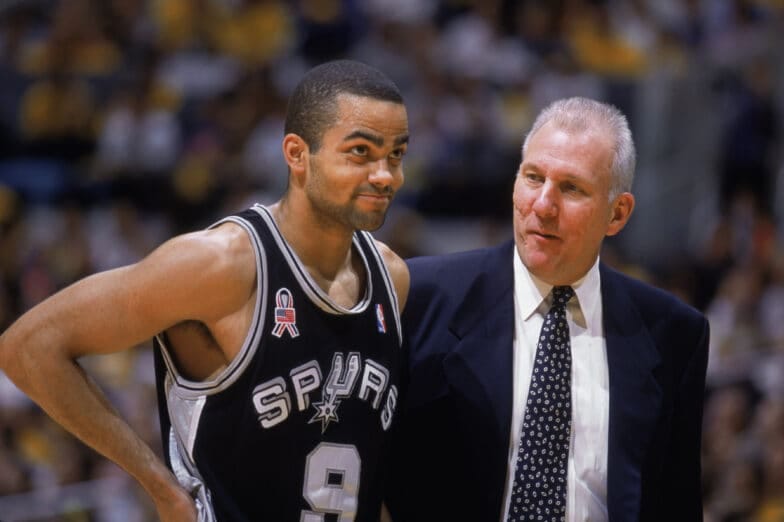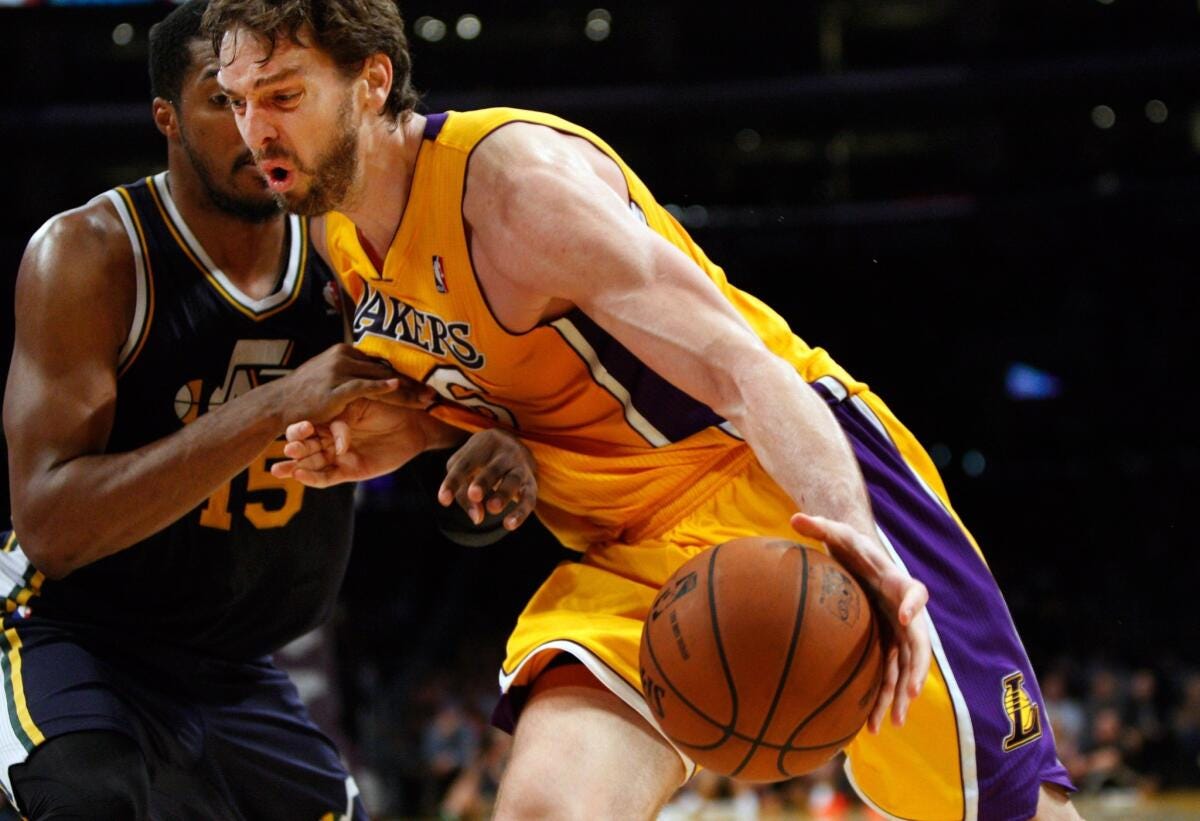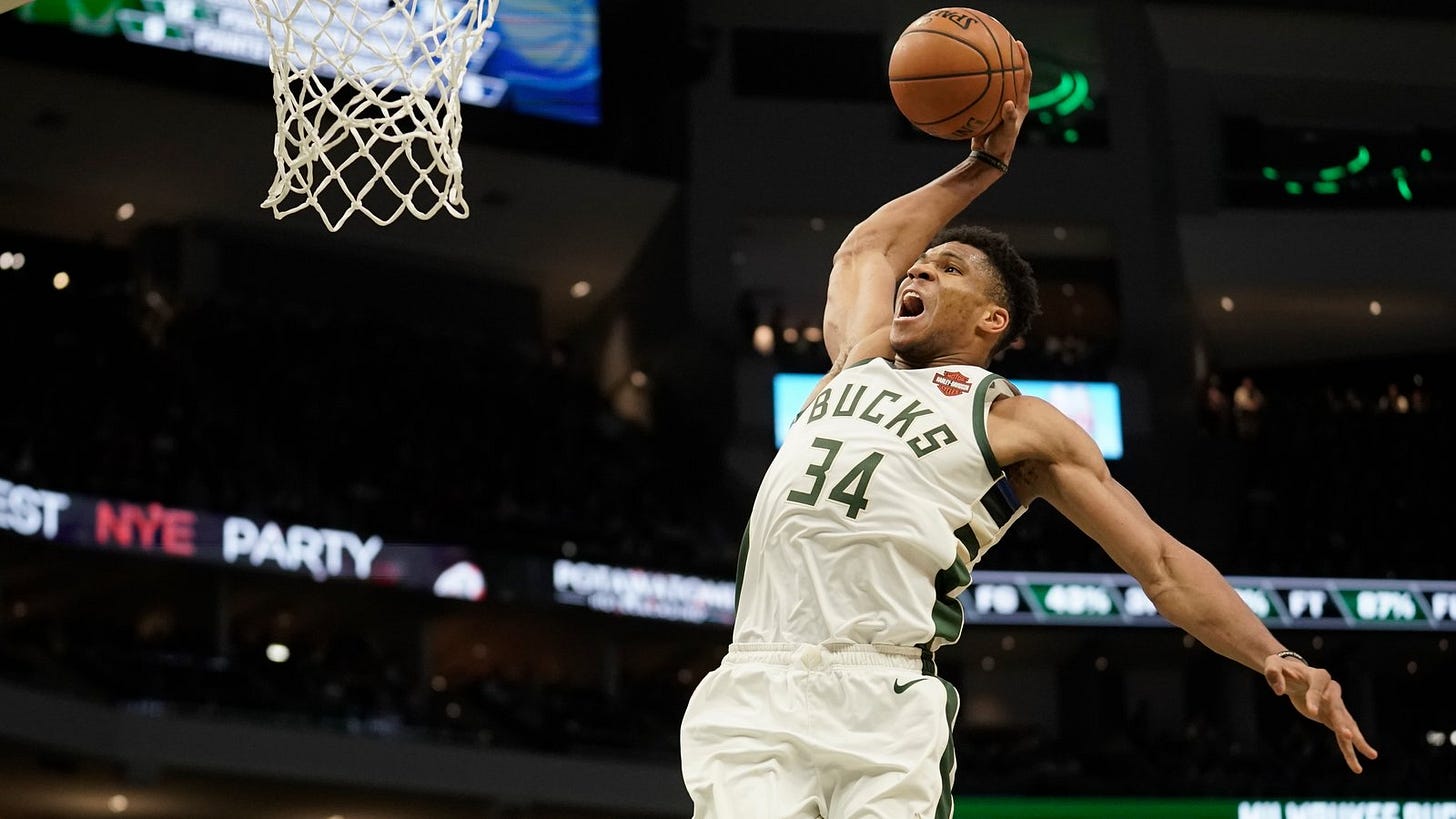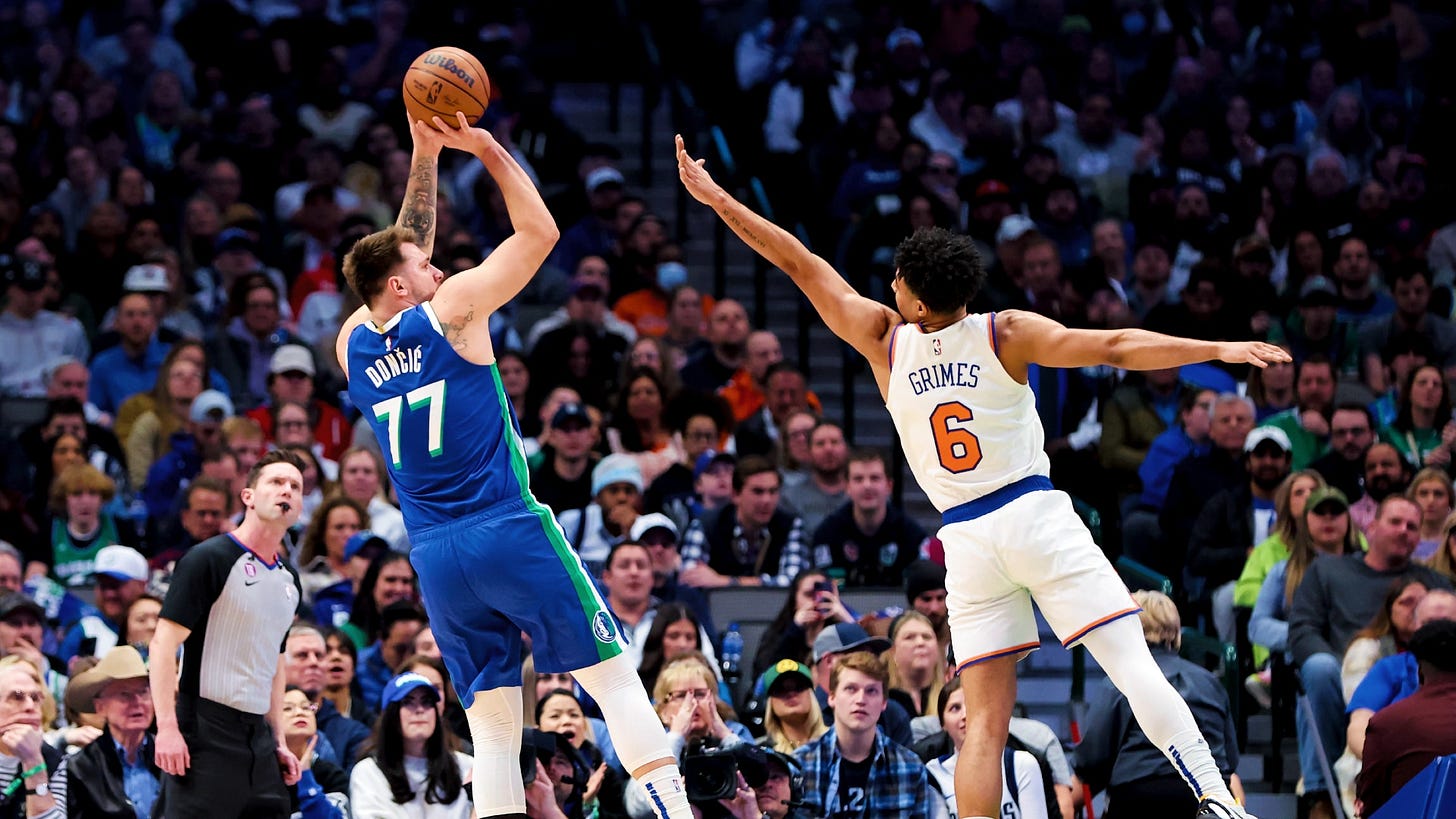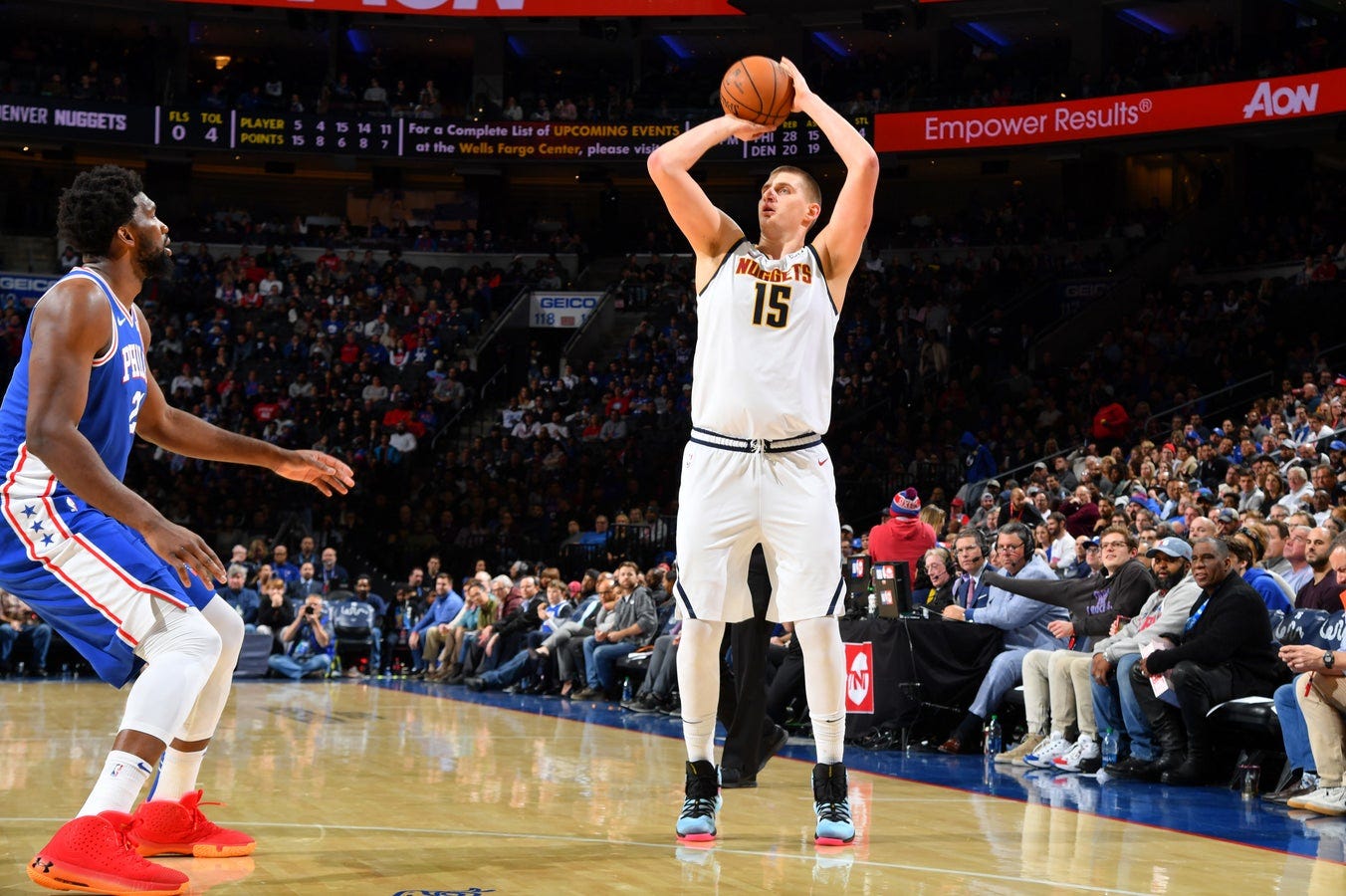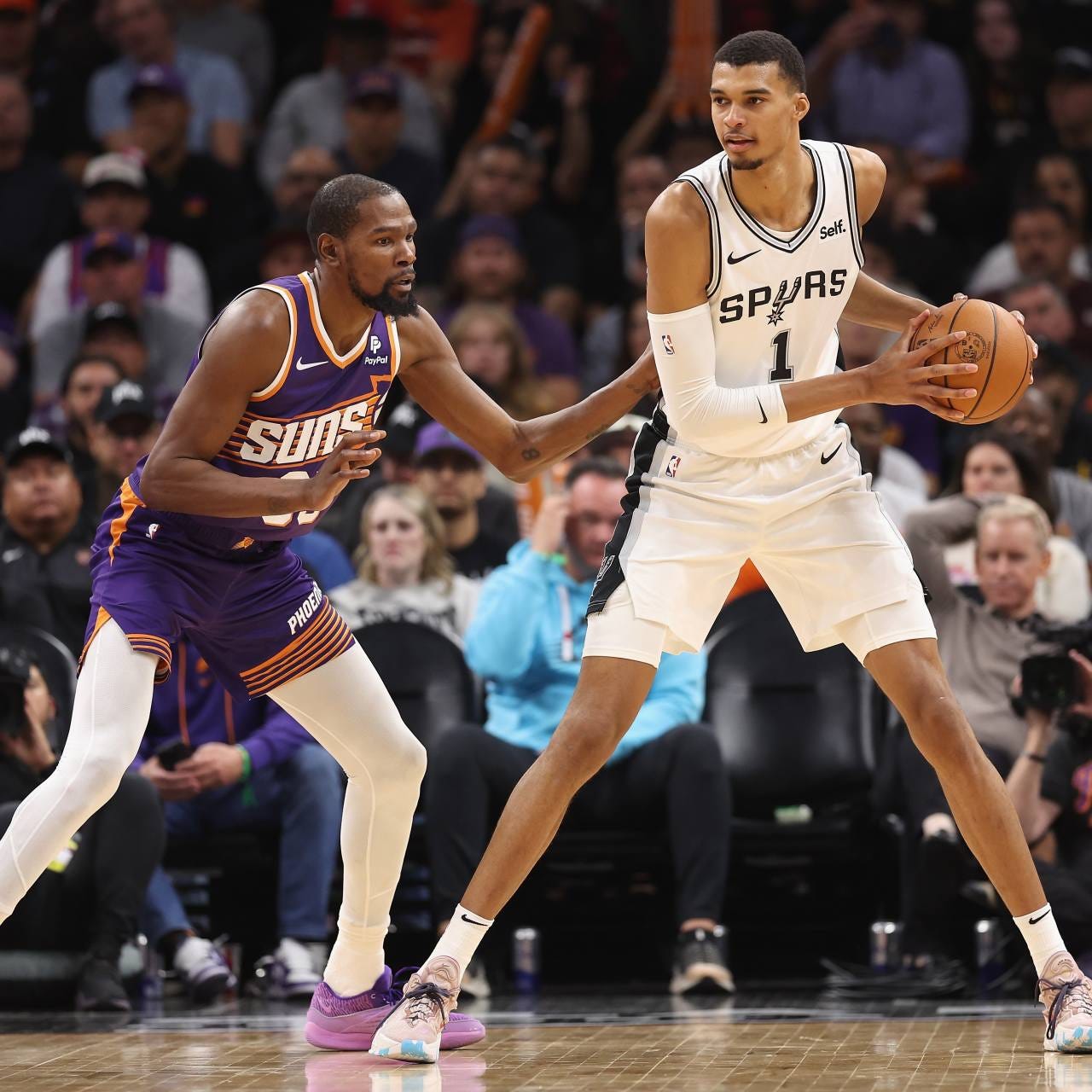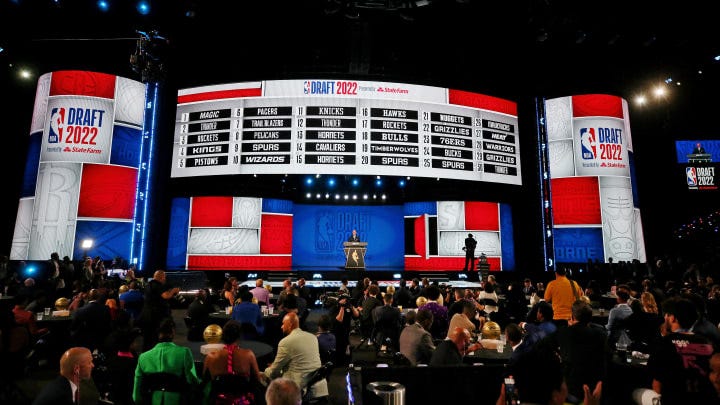🏀 Upside Special Report: The NBA Draft: History, Iconic Classes, Cultural Impact, and Economic Influence
The NBA Draft is one of the league’s most anticipated annual events, serving as both a rite of passage for elite basketball prospects and a critical mechanism for teams to shape their futures. From its humble beginnings in smoky boardrooms to its current status as a televised global spectacle, the draft has evolved dramatically over nearly eight decades. It represents not only a cornerstone of NBA roster building but also a showcase of hope, hype, heartbreak, and high-stakes decisions. Behind the scenes, it also serves as a major economic engine for the league, cities, sponsors, and athletes alike.
2. The Evolution of the NBA Draft
The Early Years (1947–1965)
The inaugural draft in 1947 was conducted by the Basketball Association of America (BAA), which later merged with the National Basketball League to form the NBA in 1949.
The draft initially featured territorial picks, allowing teams to claim local college stars—like Wilt Chamberlain by Philadelphia—to drive fan engagement.
Standardization and Expansion (1966–1984)
The territorial rule was scrapped in 1966, giving way to a coin flip system to determine the No. 1 pick between the worst teams from each division.
This period produced major stars like Kareem Abdul-Jabbar, Magic Johnson, and Larry Bird, reshaping the competitive landscape.
The Lottery Era (1985–present)
The draft lottery was introduced in 1985 to discourage tanking, leading to the infamous “frozen envelope” theory when Patrick Ewing was selected by the New York Knicks.
Today’s lottery (revised in 2019) flattens odds for the bottom three teams, further mitigating the incentive to lose games on purpose.
3. Greatest NBA Draft Classes of All Time
1984 NBA Draft
Key Picks: Hakeem Olajuwon (#1), Michael Jordan (#3), Charles Barkley (#5), John Stockton (#16).
Legacy: Four Hall of Famers who changed the game on and off the court.
1996 NBA Draft
Key Picks: Allen Iverson (#1), Kobe Bryant (#13), Steve Nash (#15), Ray Allen (#5), Peja Stojaković (#14).
Depth: One of the deepest drafts ever—produced multiple MVPs, All-Stars, and cultural icons.
2003 NBA Draft
Key Picks: LeBron James (#1), Dwyane Wade (#5), Carmelo Anthony (#3), Chris Bosh (#4).
Cultural and Competitive Impact: These players defined the NBA's 2000s and 2010s, leading dynasties and Team USA’s resurgence.
2009 NBA Draft
Key Picks: Stephen Curry (#7), James Harden (#3), Blake Griffin (#1), DeMar DeRozan (#9).
Influence: Curry and Harden reshaped offensive philosophy league-wide with the rise of the three-point shot and spacing.
4. Most Iconic NBA Draft Moments
1984: Portland drafts Sam Bowie over Michael Jordan.
1985: Knicks win the first-ever draft lottery; conspiracy theories still linger.
1998: Milwaukee selects Dirk Nowitzki at #9, later traded to Dallas—a transformative moment for international scouting.
2003: LeBron James becomes a generational No. 1 pick straight out of high school.
2007: Portland selects Greg Oden over Kevin Durant, resulting in one of the most pivotal “what-if” moments.
2018: Dallas trades Trae Young for Luka Dončić—both became All-NBA talents, but comparisons continue.
5. The NBA Draft as a Globalizing Force
The NBA Draft increasingly reflects basketball’s global nature. Recent years have seen top picks like Luka Dončić (Slovenia) and Victor Wembanyama (France) take center stage.
The success of international picks has driven NBA expansion efforts globally and led to increased investment in NBA Academies, Basketball Without Borders, and enhanced global TV rights deals.
6. The Rise of European Players in the NBA Draft
The Early Trailblazers
Dražen Petrović, Vlade Divac, and Arvydas Sabonis were among the first European stars to reach the NBA in the late 1980s and early 1990s.
Picture: Vlade Divac
Their success was limited by Cold War geopolitics and adaptation challenges, but they laid the foundation.
Picture: Dražen Petrović
Picture: Arvydas Sabonis
Dirk Nowitzki and the Breakthrough Era (1998)
Drafted #9 overall in 1998, Dirk Nowitzki became the prototype for a successful European star: skilled, disciplined, unselfish, and highly coachable.
His MVP, championship, and longevity showed franchises that European talent could be central—not just supplemental.
Tony Parker: Changing the Guard
Drafted #28 overall in 2001 by the San Antonio Spurs, Tony Parker quickly emerged as one of the league’s premier point guards.
His ability to thrive in a leadership role on a championship team shattered the myth that European guards couldn’t run NBA offenses.
Parker won four NBA championships and a Finals MVP (2007), forming a dynasty with Tim Duncan and Manu Ginóbili.
His success inspired a generation of young European point guards and helped cement the Spurs as a franchise known for international talent.
Global Superstars and MVPs
Pau Gasol (Spain): First non-American to win Rookie of the Year (2002).
Giannis Antetokounmpo (Greece): Drafted #15 in 2013. Two-time MVP and NBA champion.
Luka Dončić (Slovenia): Drafted #3 in 2018. MVP contender from year two; considered one of the most complete offensive players in the world.
Nikola Jokić (Serbia): Drafted in the second round (#41) in 2014, Jokić won back-to-back MVPs and led the Nuggets to their first NBA title.
Recent Trend: European Players as Top Picks
Victor Wembanyama (France): Drafted #1 in 2023. Marketed as the greatest prospect since LeBron.
Killian Hayes, Ousmane Dieng, and Bilal Coulibaly represent France’s emerging pipeline.
Increasingly, scouts and GMs are watching EuroLeague, LNB, Liga ACB, and youth tournaments like the Adidas Next Generation Tournament.
Why Europe is Dominating
Emphasis on fundamentals, team play, and early pro experience.
More structured development systems compared to the fragmented U.S. high school/AAU system.
Exposure to elite international competitions from a young age.
NBA Scouting Evolution
Teams now employ full-time international scouts and analytics platforms to monitor players across FIBA events, European pro leagues, and even second divisions.
The NBA Global Scouting Database now includes over 10,000 international players.
7. The Economic Impact of the NBA Draft
On Franchises
A single draft pick can transform a franchise's valuation, ticket sales, brand appeal, and on-court success (e.g., LeBron with the Cavaliers, Steph Curry with the Warriors).
Teams invest millions in draft scouting, analytics, medical evaluations, and private workouts to maximize returns.
On Players
While rookie salaries are capped under the Collective Bargaining Agreement (CBA), the top picks secure millions in endorsements, sneaker deals, and social media partnerships.
Example: Zion Williamson signed a $75 million deal with Jordan Brand before his first NBA game.
On Media & Sponsorships
ESPN and ABC monetize the event through advertising, sponsorships, and global distribution, with millions tuning in.
Brands like State Farm, Nike, and Gatorade often use the draft for marketing rollouts.
8. Economic Impact of the NBA Draft on Brooklyn
Since 2013, Brooklyn’s Barclays Center has hosted the NBA Draft (with exceptions like 2020 and 2021 during COVID). This partnership has brought recurring economic and cultural benefits to the borough:
Hospitality & Tourism Boost
The draft brings in thousands of attendees, including media, families, team personnel, and fans—filling hotels and boosting local restaurant traffic.
According to NYC & Company data, major sporting events can generate $3M–$5M in local economic impact per event night in Brooklyn.
Branding & Global Exposure
The NBA Draft places Brooklyn in the international spotlight, broadcast to over 200 countries. This strengthens Brooklyn’s identity as a sports and entertainment hub, especially post the Nets' move from New Jersey.
It’s also seen as a launchpad for tourism marketing, with many international visitors attending the draft or tuning in with Brooklyn as the visual backdrop.
Barclays Center Revenue & Year-Round Value
For Barclays Center, the draft is a non-game-day revenue event that fills the summer calendar. Ticket sales, concessions, merchandise, and media fees contribute millions annually.
Hosting the draft helps diversify revenue streams for BSE Global (owner of Barclays), especially in off-season months when Nets and Liberty games aren't active.
Small Business Impact
Bars, apparel shops, and memorabilia stores in Downtown Brooklyn and Fort Greene report noticeable revenue bumps during draft week.
“Watch parties,” athlete meet-and-greets, and fringe events sponsored by sneaker brands and agents add further commercial activity to the area.
9. Key Challenges and Criticisms
Tanking
Despite flattened lottery odds, teams continue to game the system. The "race to the bottom" still exists as teams aim for higher picks in deep draft years.
Draft Busts and Pressure
High-stakes selections sometimes result in massive busts—think Anthony Bennett, Hasheem Thabeet, or Kwame Brown.
The intense media pressure can derail development for players not mentally or physically ready.
Uneven Development Pathways
The NCAA, G League Ignite, Overtime Elite, and international leagues all serve as feeder systems, but vary wildly in competition, exposure, and coaching.
10. The Future of the NBA Draft
One-and-done rule repeal could allow high school players back into the draft as early as 2026, radically reshaping scouting and team strategies.
AI and advanced analytics will increasingly drive decisions, using predictive models for performance, injury risk, and psychological readiness.
The rise of NIL (Name, Image, Likeness) deals in college may make staying an extra year more attractive to top talent, potentially shifting the average age of draftees.
11. Cooper Flagg: Poised to Be the No. 1 Pick in 2025
Draft Prospects & Expectations
Cooper Flagg, an 18‑year‑old forward from Duke, is the overwhelming favorite to go No. 1 in the 2025 NBA Draft. Dallas, who unexpectedly won the lottery with just a 1.8% chance, is widely expected to select him
He posted a stellar freshman season at Duke—averaging 19.2 points, 7.5 rebounds, and 4.2 assists, earning nearly every major national award: Naismith, Wooden, ACC Player of the Year, etc.
High-Profile Endorsements
Magic Johnson publicly endorsed Flagg, stating he could exceed expectations in the NBA, especially with elite coaching (Jason Kidd) and teammates (e.g. Klay Thompson and Kyrie Irving) in Dallas.
Kyrie Irving, a Duke alumnus, expressed excitement for Flagg joining him in Dallas, highlighting their shared background and the supportive team environment.
Controversy & Lottery Drama
The Mavericks’ surprise lottery win sparked debate, with figures like Draymond Green raising questions about the fairness of the system.
Draft Room Strategy
Dallas has already scheduled an exclusive workout with Flagg on June 17 and reportedly will not explore other prospects—signaling full commitment.
ESPN’s Jonathan Givony and Jeremy Woo describe him as an "82-game player" and “franchise-caliber” prospect capable of star-level impact.
Financial & Market Implications
As projected No. 1 pick, Flagg’s rookie-scale contract, endorsements, and marketability could yield tens of millions in revenue—potentially boosting Dallas’ franchise valuation by up to $1 billion (Source: NY Post)
Conclusion
From its early days of territorial claims to its current stage as a globalized, data-driven affair, the NBA Draft continues to shape the league's future both on and off the court. New generations—whether European stars like Dirk, Parker, and Wembanyama, or American phenoms like Cooper Flagg—illustrate the evolving landscape of player development and global scouting. Cities like Brooklyn benefit from hosting marquee draft moments, while franchises and athletes leverage the draft to amplify value and brand. With Flagg at the precipice of NBA superstardom, the 2025 Draft seems poised to open a thrilling new chapter.
You may also like:

